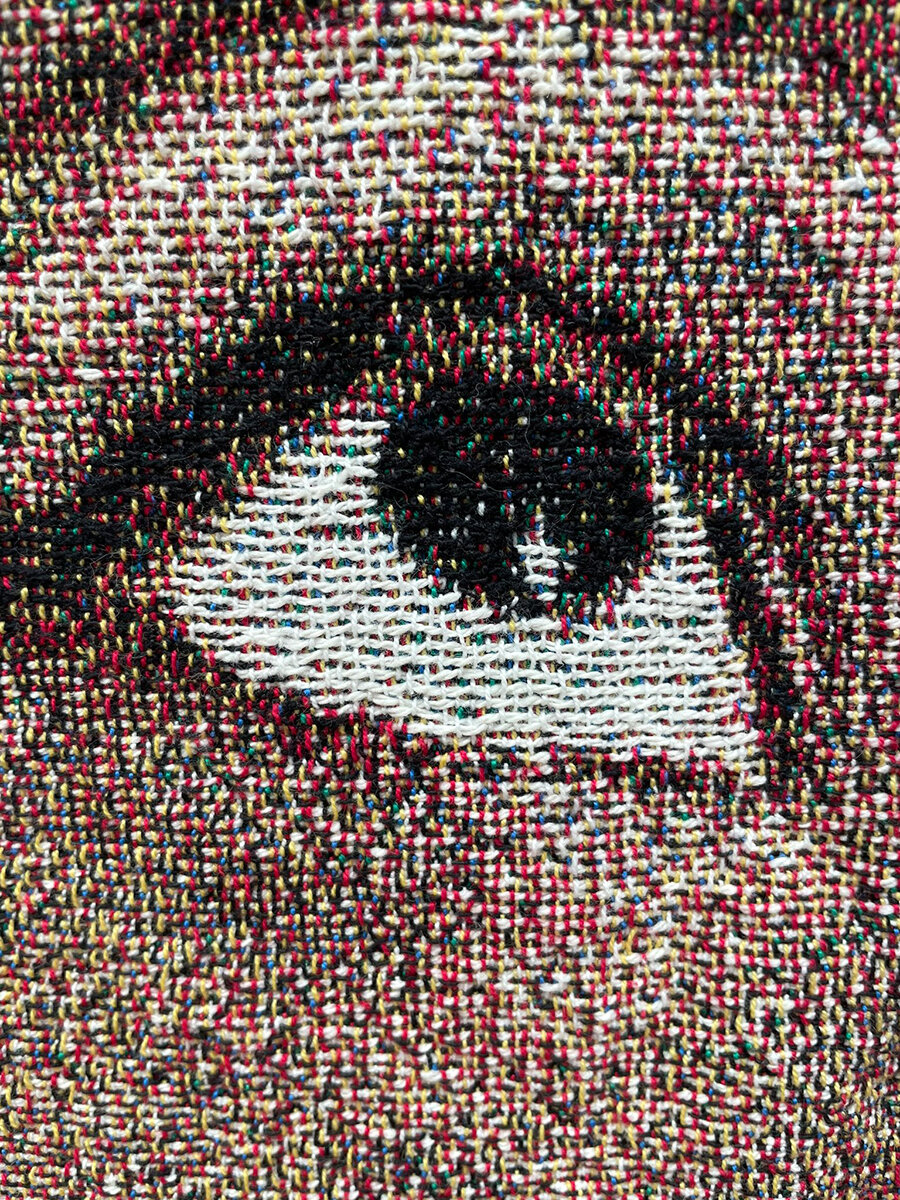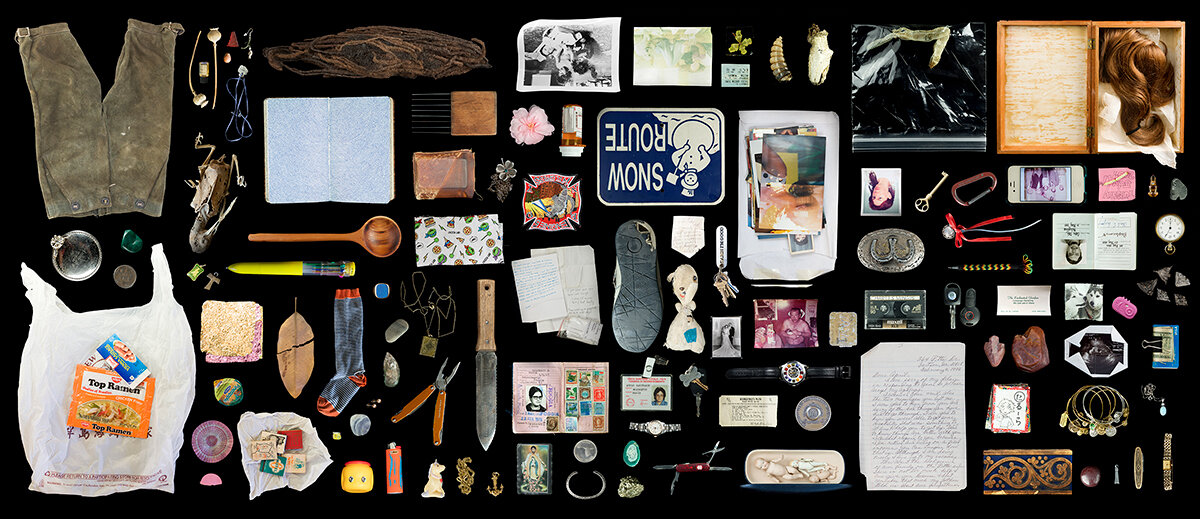585.427.9848 – Stoney’s Plaza, 2852 West Henrietta Road, Henrietta, NY 14623-2020
Eric Kunsman’s photographs of “dated” technology – on view at Buffalo, New York’s CEPA Gallery through June 5th, convey an important public utility and its implications in the age of smartphone ubiquity.
Who uses payphones?
That was my first question when looking at Eric Kunsman’s series Felicific Calculus. Since relocating his studio from a well-heeled Rochester, NY neighborhood to one described by concerned colleagues as “a war zone” in 2017, the artist and educator has photographed public phones throughout the city in an attempt to answer that critical question.
Kunsman’s black and white compositions elegantly convey neighborhoods throughout Rochester, centering the public utility even when the phones are not at the center of the images. Some hold space in the middle and background planes, requiring us to look closely at their surroundings. As Kunsman explained in our 2020 PhotoNOLA portfolio review, payphones serve crucial social needs; connecting job seekers with potential employers, communicating with distant loved ones, and as COVID-19 blazed across the country, calling emergency services.
Kunsman’s immersive ongoing documentary project goes well beyond a time-limited installation by providing audiences with overlapping statistics including payphone use, economic status, ethnicity, age, gender, race, and crime. Read on to learn more about this important project, and if you can’t make it to Buffalo for the closing, follow this link to see a VR tour.
Roula Seikaly in conversation with Eric Kunsman





